Disclosure: This article contains affiliate links. We may earn a commission from purchases at no extra cost to you, which helps our travel content.
I'll never forget stepping out of the Maglev train at Longyang Road Station, still buzzing from the 270mph journey from Pudong Airport, and being immediately hit by Shanghai's electric energy. The city feels like it exists in multiple timelines simultaneously—ancient temples stand in the shadow of futuristic skyscrapers, while traditional lane houses share streets with ultra-modern concept stores. As a retail buyer who's spent years tracking global fashion trends, Shanghai has always fascinated me with its unique position as both guardian of Chinese heritage and ambitious trendsetter for Asia's future. During my most recent sourcing trip this fall, I carved out 72 hours to create the perfect first-timer's itinerary that balances iconic must-sees with the kind of insider shopping experiences that make my fashion-obsessed heart race. Whether you're chasing the perfect xiaolongbao dumpling, hunting for unique designer pieces in French Concession boutiques, or marveling at the sci-fi skyline from a rooftop bar, this weekend guide will help you navigate Shanghai's intoxicating blend of tradition and innovation.
Day 1: The Iconic Shanghai Experience
Your first day in Shanghai should be all about orientation and tackling those bucket-list landmarks that make the city instantly recognizable. Start early (jet lag will probably help with this) and head straight to the Bund, Shanghai's historic waterfront promenade. I typically arrive around 7am when the early morning light casts a magical glow across the Huangpu River and the crowd levels are manageable. The contrast between the colonial-era buildings on the Bund side and the futuristic Pudong skyline across the water perfectly encapsulates Shanghai's dual identity.
After soaking in those postcard views, grab breakfast at one of the many cafés along Nanjing Road. I'm partial to Baker & Spice where their coffee rivals anything I've had in Santa Ana, and their egg dishes make for perfect fuel for a day of exploration.
By mid-morning, dive into Shanghai's past at Yu Garden (Yuyuan), a 400-year-old classical Chinese garden in the Old City. The intricately designed pavilions, rock gardens, and koi ponds offer a serene counterpoint to the city's modern energy. Don't rush this experience—the details in the architecture tell stories of Shanghai's merchant history. The surrounding bazaar is admittedly touristy, but the atmosphere is undeniable. This is where I found an incredible hand-embroidered silk scarf that now makes regular appearances in my buying presentations back home.
For lunch, brave the lines at Nanxiang Steamed Bun Restaurant in the Yu Garden Bazaar for their world-famous xiaolongbao (soup dumplings). The technique for eating these without burning yourself is an art form—pierce the top, slurp the soup, then enjoy the dumpling. Trust me, it's worth mastering.
Spend your afternoon exploring People's Square and the Shanghai Museum, which houses one of China's finest collections of ancient artifacts. The bronze and ceramic exhibitions are particularly impressive, and I always find inspiration for upcoming seasonal color palettes in the traditional textile displays.
As evening approaches, head to Nanjing Road Pedestrian Street—China's premier shopping district. While it's more mainstream retail than the boutique experiences I'll recommend for day two, the energy and light displays as dusk falls are quintessential Shanghai. I always pack my portable tripod for capturing the neon light trails and bustling street scenes that define Shanghai after dark.
Cap off your night with dinner at Lost Heaven on the Bund for sophisticated Yunnan cuisine with views that showcase Shanghai's illuminated skyline in all its glory. Their Dai minority-style chicken with chili and lemongrass pairs perfectly with a craft cocktail and that glittering view.
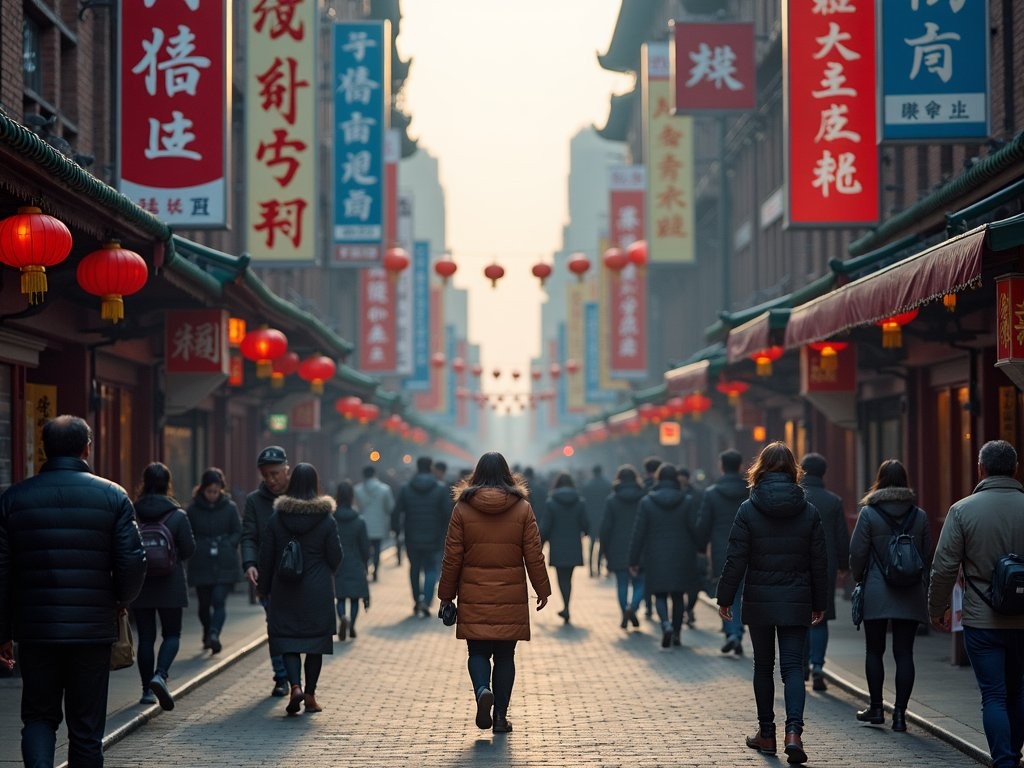
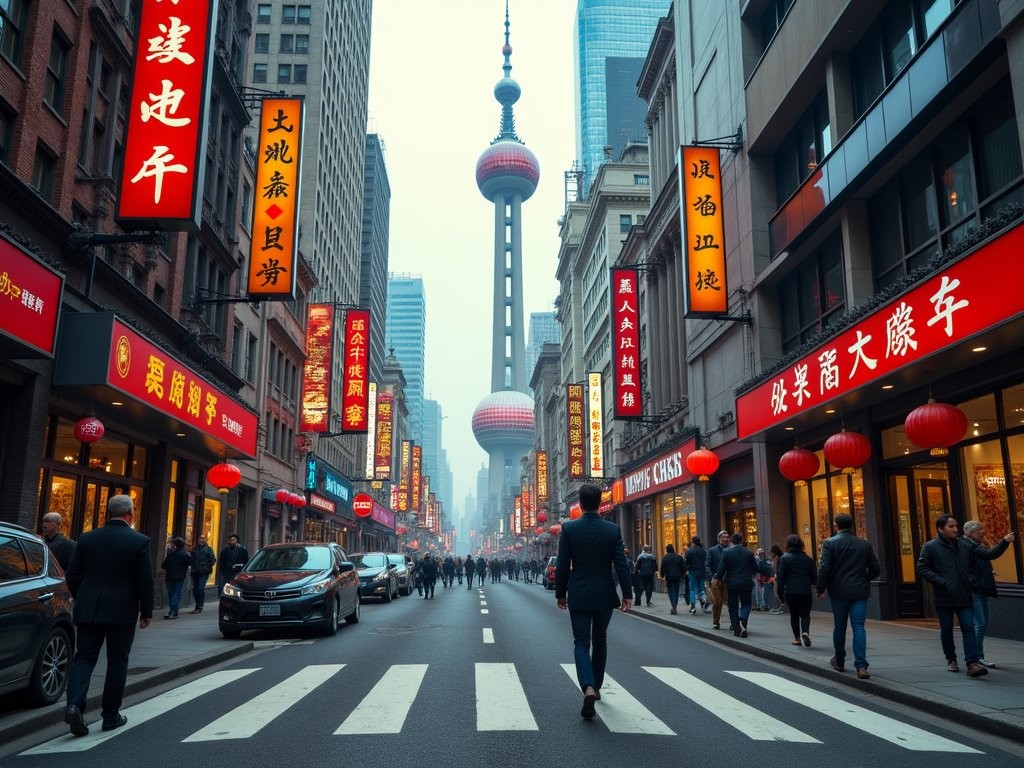
💡 Pro Tips
- Visit the Bund at both sunrise and after dark to experience two completely different atmospheres
- Download Baidu Maps before arriving as Google Maps is unreliable without a VPN
- For the best xiaolongbao experience, watch the locals first to learn proper eating technique
Day 2: Fashion Forward in the French Concession
Day two is dedicated to my specialty—exploring Shanghai's incredible retail landscape. The French Concession district is where you'll find the perfect blend of history, style, and local creative energy. Start your morning with a stroll down Wukang Road (formerly Ferguson Road), lined with platane trees and gorgeous Art Deco villas that house some of the city's most interesting concept stores.
My go-to breakfast spot here is Kommune, tucked inside Tianzifang, a labyrinth of lane houses converted into boutiques, galleries, and cafés. Their avocado toast rivals anything in California, and the people-watching is unparalleled. Fuel up—you've got a day of serious retail exploration ahead.
After breakfast, lose yourself in Tianzifang's narrow alleyways. Unlike the manufactured feel of some tourist areas, this creative enclave evolved organically from a residential neighborhood. The mix of local designers, international brands, and artisanal workshops creates a retail experience you won't find anywhere else in China. I discovered an incredible independent designer here who hand-dyes natural fabrics using traditional techniques but with contemporary silhouettes—exactly the kind of unique sourcing find that makes my buying trips worthwhile.
For lunch, I recommend Sichuan Citizen nearby. Their mapo tofu strikes that perfect balance between numbing Sichuan peppercorns and fiery chilies. Pro tip: their tea-infused cocktails are also fantastic if you're ready for an afternoon libation.
After lunch, head to Xintiandi, where Shanghai's shikumen (stone gate) houses have been transformed into an upscale shopping and dining district. The architecture preserves the city's heritage while the retail curation is thoroughly modern. Don't miss Xintiandi Style Mall, where Chinese designer brands like Exception de Mixmind and Zuczug showcase why China is becoming a fashion powerhouse in its own right.
As the afternoon progresses, make your way to Anfu Road, my personal favorite shopping street in Shanghai. This tree-lined avenue houses multi-brand boutiques like Dong Liang and Triple-Major that showcase emerging Chinese designers you'll want to remember before they hit the global stage. I always pack my compact camera to document window displays and merchandising details that inspire my own buying strategies back home.
For dinner, try Mercato at Three on the Bund for Italian cuisine with a Shanghai twist. The burrata with Chinese truffle honey is a cross-cultural masterpiece, and the restaurant's stylish clientele provides excellent fashion-spotting opportunities. End your evening with drinks at Senator Saloon, a speakeasy-style cocktail bar that would feel at home in 1920s Shanghai—their Old Fashioned is perfectly balanced and the vintage atmosphere is transportive.
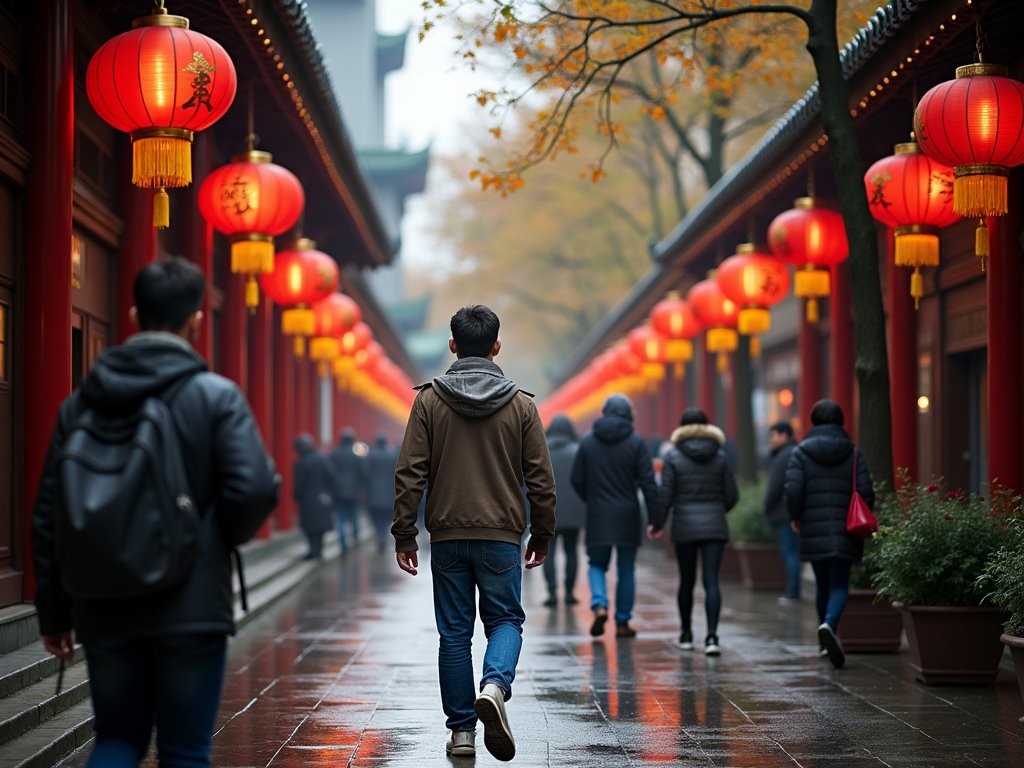
💡 Pro Tips
- Bring cash for small boutiques in Tianzifang as many don't accept foreign credit cards
- Download a VPN before your trip to access Instagram and other blocked sites for sharing your fashion finds
- Ask for business cards from boutiques you love—many Chinese designers don't have international distribution yet
Day 3: Contemporary Shanghai & Hidden Gems
Your final day is all about experiencing Shanghai's cutting-edge present and glimpsing its future. Begin with breakfast at RAC Coffee, a minimalist specialty coffee bar in the up-and-coming West Bund district. Their pour-overs are exceptional, and the industrial-chic space offers the perfect aesthetic backdrop for planning your day.
The West Bund has transformed from forgotten warehouses to Shanghai's most exciting arts district in just a few years—a testament to how quickly this city evolves. Start at the Long Museum West Bund, housed in a converted coal hopper with architecture as impressive as the contemporary Chinese art inside. Next door, the Yuz Museum occupies a former aircraft hangar and showcases international contemporary art with thoughtfully curated exhibitions.
What I love about this district is how it represents Shanghai's ambition to become a global cultural capital. The exhibitions here rival anything I've seen in New York or London, but with a distinctly Chinese perspective that offers fresh insights for Western visitors.
For lunch, head to Commune Social for chef Jason Atherton's tapas-style plates in a stylish industrial setting. Their scallop ceviche with cucumber, jalapeño, and lime is perfect for Shanghai's typically humid climate.
After lunch, it's time to experience Shanghai's famous fake markets—but with an insider's approach. Skip the touristy AP Plaza and instead head to the South Bund Fabric Market (officially the South Bund Soft-Spinning Material Market). As someone who works in fashion buying, I find this place fascinating not for knockoffs but for custom tailoring. Bring reference photos of pieces you love, negotiate hard (start at 30% of their asking price), and you can walk away with bespoke clothing at a fraction of Western prices.
When shopping here, I always bring my fabric swatch book to ensure I'm selecting quality materials. The vendors respect customers who demonstrate knowledge, and you'll get better results. I had a gorgeous cashmere overcoat made here during my last visit that consistently earns compliments back home.
As afternoon transitions to evening, make your way to Shanghai Tower—currently the world's second-tallest building. The observation deck on the 118th floor offers breathtaking 360° views of the city. Time your visit for sunset to watch Shanghai transform from day to night mode.
For your final dinner, experience the contemporary Chinese fine dining scene at Fu He Hui, a vegetarian restaurant that elevates plant-based cuisine to art form. Their seasonal tasting menu incorporates traditional Chinese ingredients with modern techniques—the perfect metaphor for Shanghai itself.
End your 72 hours with drinks at TOPS at the Banyan Tree Hotel. This rooftop bar offers panoramic views of the Bund and Pudong skyline all lit up in its nighttime glory—a fitting final image of Shanghai's harmonious blend of heritage and futurism.
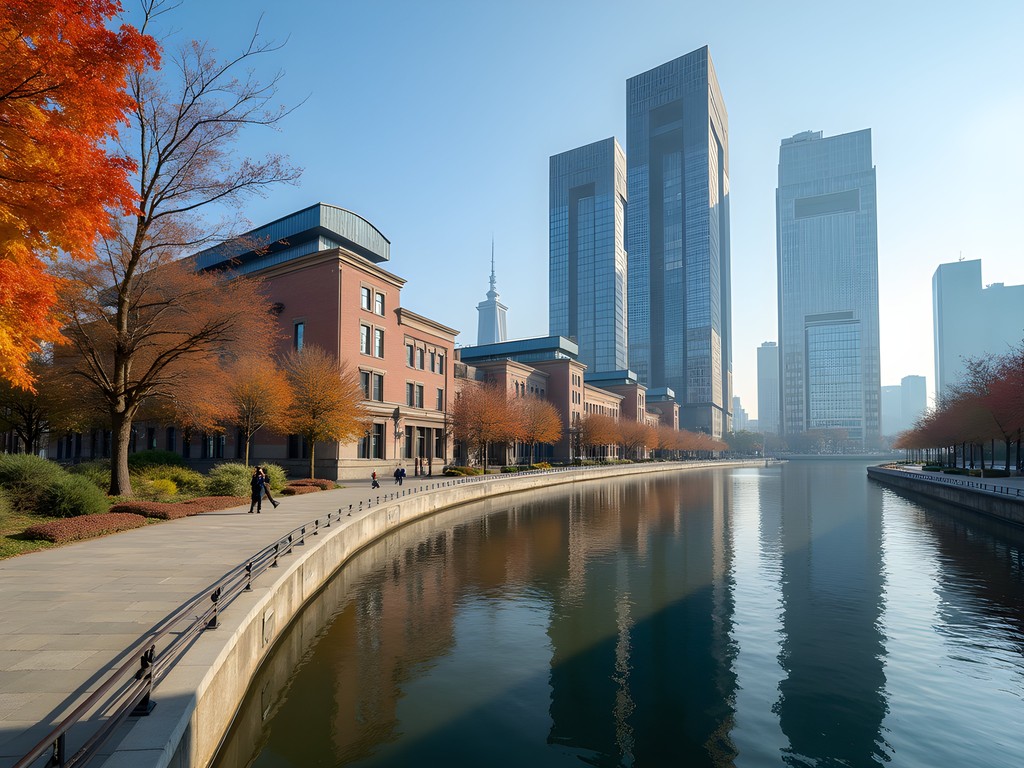
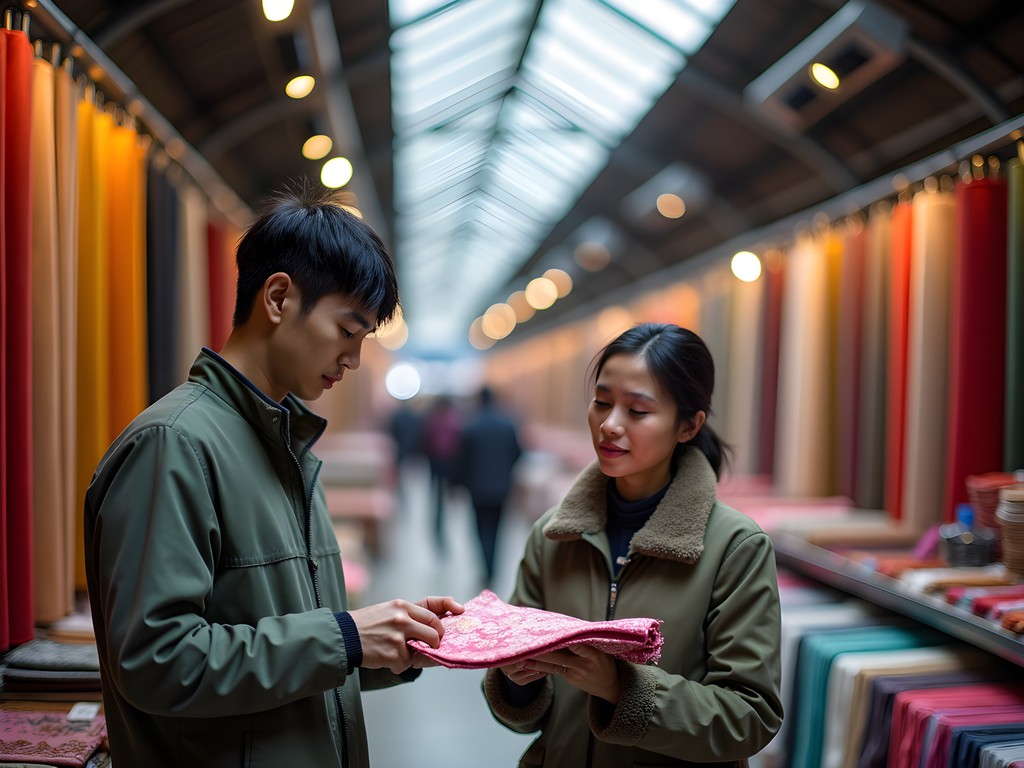
💡 Pro Tips
- Book museum tickets online in advance as popular exhibitions often sell out
- At the fabric market, take photos of everything (your selections, the tailor's card, receipt) for reference if alterations are needed
- For the best skyline photos, bring a lens cleaning kit as Shanghai's humidity can cause lens fog
Navigating Shanghai Like a Pro
After multiple buying trips to Shanghai, I've developed some strategies that help me navigate this massive metropolis efficiently. First and foremost: transportation. Shanghai's metro system is a marvel—clean, punctual, extensive, and with English signage throughout. Buy a reloadable Shanghai Public Transportation Card (jiaotong ka) upon arrival; it works for the metro, buses, and even taxis.
Speaking of taxis, they're abundant but language barriers can be challenging. I always keep my hotel's business card handy to show drivers, and I use the Baidu Maps app which has an excellent "show to driver" function that displays your destination in Chinese characters. DiDi (China's equivalent to Uber) is also available and slightly easier for non-Chinese speakers, though you'll need a Chinese phone number to register.
Connectivity is another crucial consideration. China's Great Firewall blocks many Western apps and websites including Google, Instagram, WhatsApp, and Facebook. Before departure, I always set up a reliable VPN on all my devices. ExpressVPN has consistently worked well for me throughout China, allowing me to stay connected with my team back home and post those envy-inducing Shanghai skyline shots to Instagram.
Money matters are surprisingly straightforward in Shanghai. While China has rapidly embraced mobile payments through WeChat Pay and Alipay, these systems are challenging for tourists to set up. Fortunately, most mid-range to upscale establishments accept international credit cards, though American Express has less coverage than Visa or Mastercard. Always carry some cash (CNY) for smaller vendors, street food, and traditional markets.
Language barriers exist but are manageable in Shanghai's more international districts. Download a translation app that works offline—I recommend Pleco for its excellent Chinese dictionary and character recognition features. Learning a few basic Mandarin phrases goes a long way in showing respect, even if your pronunciation isn't perfect.
Finally, be prepared for the sensory intensity of Shanghai. The city moves at a relentless pace, and the crowds can be overwhelming for first-timers. Schedule decompression time at your hotel or in one of Shanghai's surprisingly serene parks. Fuxing Park in the French Concession offers a perfect respite when urban overstimulation hits—watching locals practice tai chi or play mahjong provides a peaceful counterbalance to the city's frenetic energy.
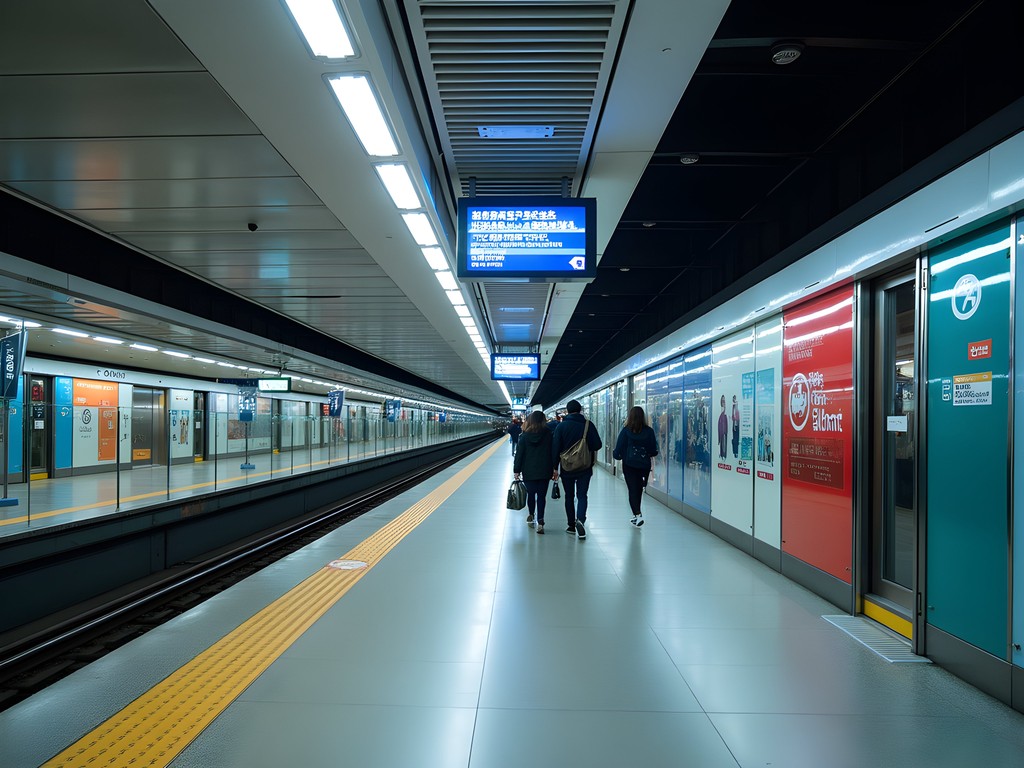
💡 Pro Tips
- Download both DiDi and Uber apps—while Uber doesn't operate in China, the app can still translate your destination to show taxi drivers
- Set up your VPN before arriving in China as the app stores may be blocked once you're there
- Carry tissue packets as many public restrooms don't provide toilet paper
Where to Stay: Boutique vs. Luxury
Shanghai offers accommodations ranging from ultra-luxury international brands to charming boutique hotels in restored historic buildings. For a first-time visitor with a mid-range budget, I recommend focusing on two key areas: the Bund/People's Square vicinity for convenient access to major attractions, or the Former French Concession for a more neighborhood-oriented experience.
During my most recent trip, I split my stay between two distinctly different properties that represent Shanghai's dual personality. For the first two nights, I chose The Waterhouse at South Bund, a boutique design hotel housed in a converted 1930s warehouse. With just 19 rooms, this industrial-chic property offers the kind of distinctive aesthetic experience that mass-market hotels can't match. The rooftop bar provides incredible views of the Pudong skyline, and the location at the cool southern end of the Bund puts you within walking distance of the fabric market and the up-and-coming Cool Docks area.
What I particularly appreciated about The Waterhouse was how the design preserved original structural elements while introducing contemporary interventions—exposed brick walls contrast with sleek furnishings, and weathered concrete plays against luxurious textiles. For someone who works in fashion and design, these thoughtful juxtapositions made the hotel itself a source of creative inspiration.
For my final night, I switched to The Middle House, part of the Swire Hotels' acclaimed House Collective. Located in the heart of Jing'an district, this luxury property designed by Piero Lissoni offers a more refined experience with its blend of minimalist aesthetics and traditional Chinese elements. The stunning pool and spa facilities provided the perfect rejuvenation after days of intensive city exploration.
If you're working with a mid-range budget but want a touch of luxury, consider booking just one night at a higher-end property like The Middle House while choosing more affordable accommodations for the remainder of your stay. The MI XUN Spa's thermal facilities alone justify splurging for a night.
For travelers prioritizing location over luxury, the URBN Hotel offers eco-conscious accommodations in a central French Concession location. Converted from a 1970s factory, this carbon-neutral boutique hotel features reclaimed materials and a serene courtyard garden that provides an unexpected urban oasis.
Wherever you stay, I recommend booking accommodations that include breakfast. Starting your day with a substantial meal not only saves time but also provides energy for Shanghai's walking-intensive sightseeing. I always pack my travel steamer to keep my outfits looking fresh throughout the trip—especially important in Shanghai, where style consciousness permeates the city.
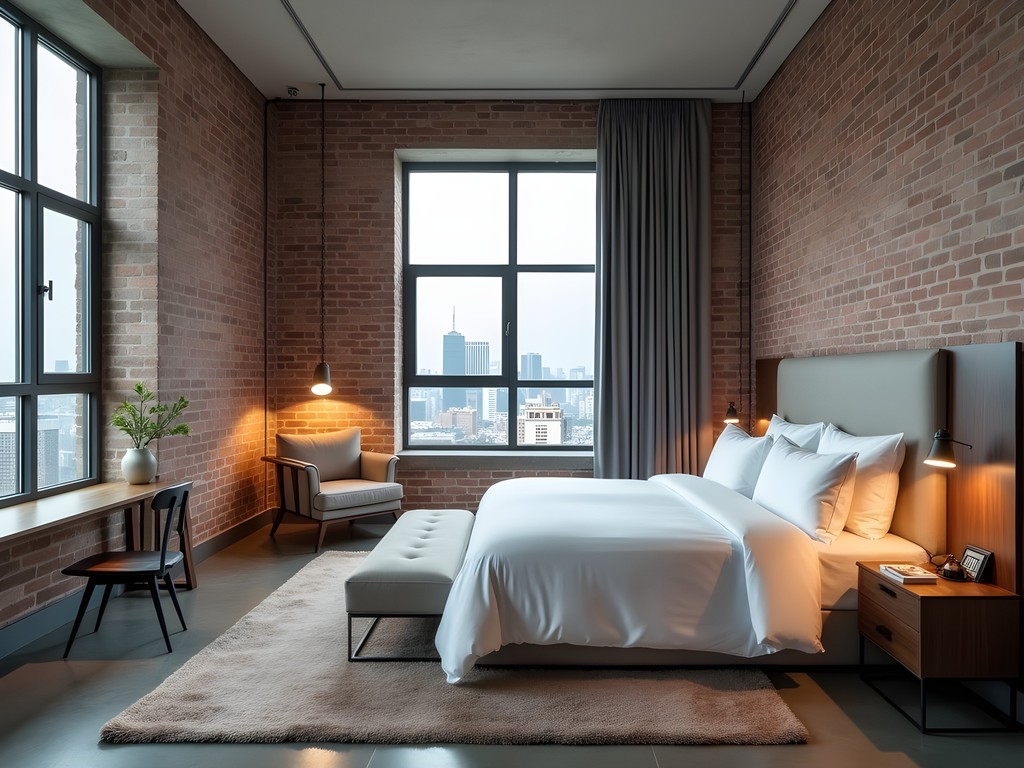
💡 Pro Tips
- Book hotels that offer free pocket WiFi devices for guests—invaluable for navigation
- Request a Huangpu River view when possible—the premium is usually worth the spectacular scenery
- Hotels near metro Line 2 offer the most convenient airport access via the Maglev connection
Final Thoughts
As my Maglev train rocketed back toward Pudong Airport at the end of my 72-hour Shanghai adventure, I found myself already planning my return. This city defies simple categorization—it's simultaneously China's most international metropolis and a place deeply rooted in its own unique heritage. For retail enthusiasts and fashion lovers, Shanghai offers a window into both China's rich craftsmanship traditions and its ambitious creative future.
What makes Shanghai particularly special is how it rewards different approaches to exploration. You can follow the well-trodden tourist path of the Bund and Yu Garden and have a wonderful experience, but step just one street over from the main attractions and you'll discover family-run dumpling shops, hidden boutiques, and local scenes that reveal Shanghai's authentic character.
Whether you're captivated by the architectural contrasts, the innovative retail concepts, or simply the sensory rush of navigating this pulsing metropolis, Shanghai delivers an experience that will recalibrate your understanding of modern China. Just remember to look both up at the skyscrapers and down into the historic lilong alleyways—the complete Shanghai story exists in this dynamic vertical contrast.
✨ Key Takeaways
- Shanghai rewards early risers—both for photography and avoiding crowds at major attractions
- The city's retail landscape offers everything from luxury malls to hidden boutiques showcasing emerging Chinese designers
- Balance iconic landmarks with neighborhood exploration in the French Concession for a more complete Shanghai experience
📋 Practical Information
Best Time to Visit
September to November (Fall)
Budget Estimate
$150-250 per day excluding flights
Recommended Duration
3-5 days
Difficulty Level
Moderate
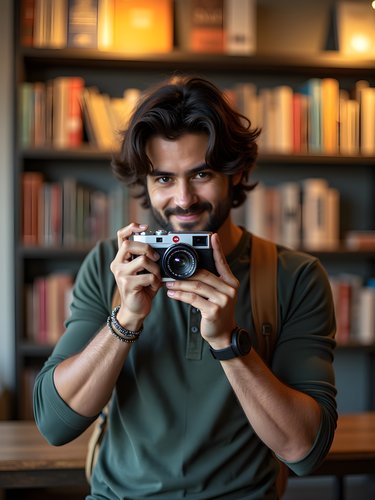
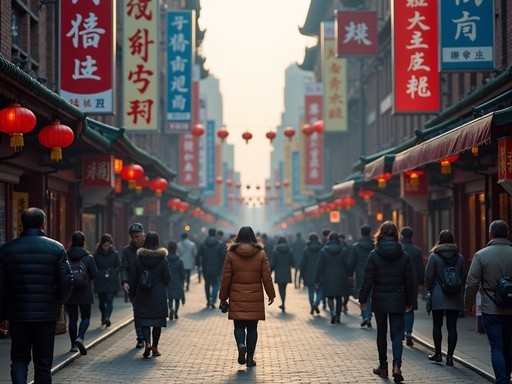
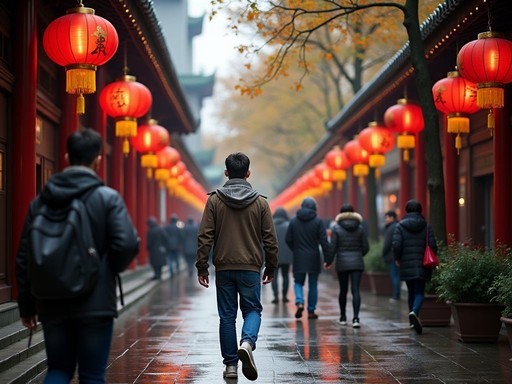
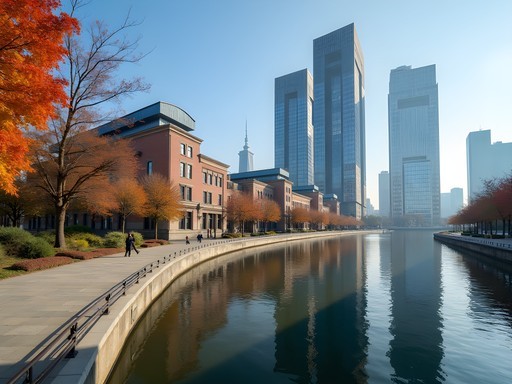

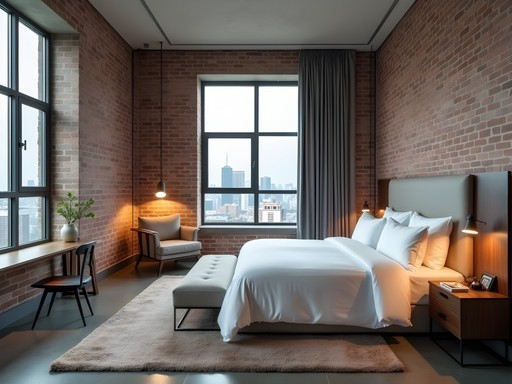




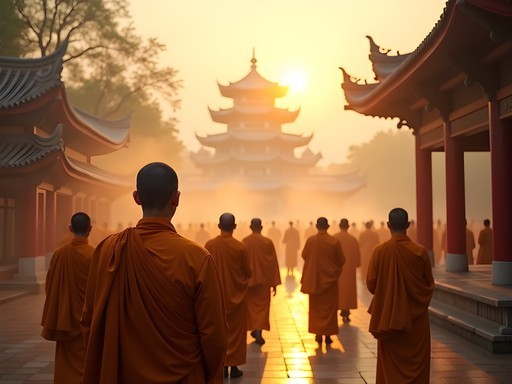

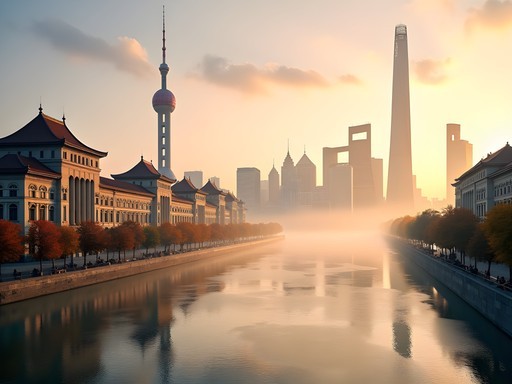
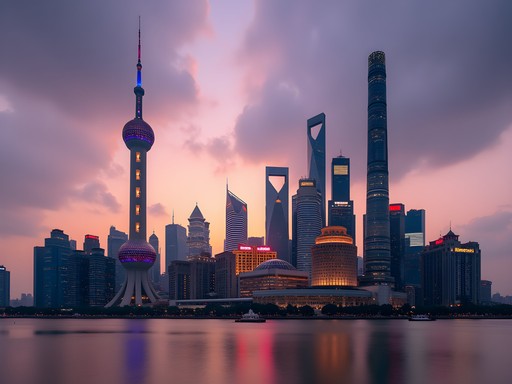
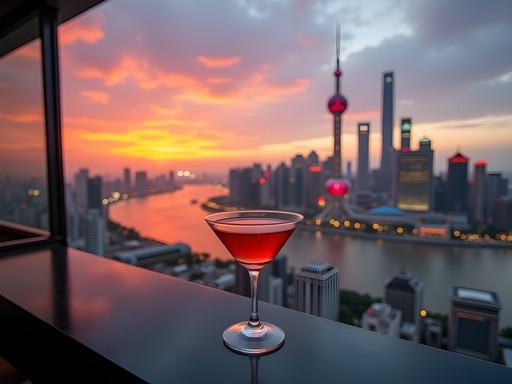

Comments
sunsetseeker
Just got back from Shanghai and did almost exactly this itinerary! The Maglev train is mind-blowing fast!
moonone
Just got back from Shanghai last week and followed a similar itinerary! The metro system is incredibly efficient - we never waited more than 3 minutes for a train. One thing I'd add to Day 2 is visiting Tianzifang. It's this maze of narrow alleyways with cute boutiques and art studios that feels so different from the modern skyscrapers. We spent hours getting lost there! Also, the street food at Yu Garden was a highlight - try the crab shell pastries (they don't actually have crab, just look like shells).
dreammaster
Thanks for the Tianzifang tip! Adding it to my list. Did you need cash or could you use cards/mobile payments?
moonone
Mostly used WeChat Pay which was super convenient once set up, but bring some cash too for smaller vendors. Many places don't accept foreign credit cards.
dreammaster
Any food recommendations that aren't in the tourist guides? Going next month and want to try authentic local cuisine!
bluequeen
Not the author but when I went, the xiaolongbao (soup dumplings) at a tiny place called Jia Jia Tang Bao were AMAZING. Cheap and authentic. Just be prepared to wait in line!
Adam Nichols
Excellent breakdown of Shanghai, Jose! I'd add that the French Concession deserves even more time if possible. The tree-lined streets and hidden lane houses are magical, especially in early morning when locals practice tai chi in the parks. I stumbled upon a fantastic tea house on Wukang Road where I spent hours chatting with locals who were eager to practice English. One tip I'd add: download a VPN before arriving since many western apps and sites are blocked. I used ExpressVPN which worked flawlessly even for video calls back home.
wanderwalker
Great itinerary! Is it safe for solo female travelers in Shanghai? Planning my first Asia trip.
moonone
Absolutely! I'm a woman who's traveled solo to Shanghai twice. It's one of the safest big cities I've visited. Public transport is clean and efficient, and I never felt uncomfortable walking around, even at night in well-lit areas. Just use normal big city precautions.
wanderwalker
That's so reassuring, thanks! Any specific neighborhoods you'd recommend staying in?
moonone
The French Concession area that Jose mentions is perfect - central, beautiful, and lots of great food options nearby!
bluequeen
That Maglev train sounds incredible! I've never been on anything that fast before.
Adam Nichols
It's definitely worth experiencing! The acceleration is mind-blowing, and watching the speed display hit 270mph is surreal. Just be aware it only runs to Longyang Road Station, so you'll still need to transfer to get downtown.
bluequeen
Thanks for the tip! Definitely adding it to my bucket list.
starlife
How did you handle money there? Cash or cards? And is the 72-hour visa-free transit option complicated?
Jose McDonald
I used a mix of both! WeChat Pay is huge there, but you need a Chinese bank account to set it up properly. I brought some cash to exchange and used my no-foreign-transaction-fee credit card at larger establishments. The 72-hour visa-free transit was straightforward - just make sure you have proof of onward travel to a third country!
greengal
Those Bund photos are stunning! Added to my bucket list!
Marco Flores
Solid itinerary, Jose! I visited Shanghai last winter and would add one tip for anyone visiting between November-February: layers are your best friend! The humidity makes the cold feel more intense than the temperature suggests. I found carrying my pocket translator extremely useful when venturing into those hidden gems on Day 3 where English was less common. The contemporary art scene at M50 is constantly changing - I discovered an amazing installation there that wasn't even listed online. Definitely worth dedicating extra time to just wander!
starlife
Did you find the food scene overwhelming? I'm going in November and I'm a bit anxious about ordering without speaking Chinese!
Marco Flores
Not at all! Many restaurants in tourist areas have picture menus or English translations. For local spots, I used the translate camera feature on my phone to scan menus. Also, don't miss the xiaolongbao (soup dumplings) - they're life-changing!
summerace
OMG this couldn't be more perfect timing!!! I literally just booked tickets to Shanghai yesterday for my first international trip ever! Saving this post immediately!!! 😍
Jose McDonald
That's awesome! You're going to have an amazing time. Feel free to message me if you have any specific questions!
Venture X
Premium card with 2X miles, $300 travel credit, Priority Pass